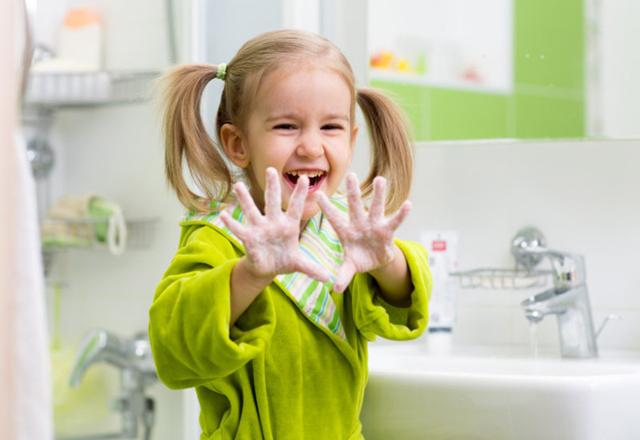You are here
Nail polishes often claim falsely to be safe
By Reuters - Oct 11,2018 - Last updated at Oct 11,2018

AFP photo
Although nail polish manufacturers have begun removing some toxic ingredients, their labels are not always accurate and the reformulated products aren’t necessarily safer, suggests a new study.
“We were trying to learn more about what ingredients were in nail polish, and the more we dug deep into the labels, the more confused I was about the health claims, which I knew would be confusing for consumers and nail salon workers, too,” said lead author Anna Young of the Harvard T. H. Chan School of Public Health in Boston.
In the 2000s, nail polish manufacturers started phasing out three particularly toxic chemicals: Formaldehyde, toluene and dibutyl phthalate (DnBP). They would label these formulations as “3-free”. However, many of these products replaced those chemicals with another plasticiser, triphenyl phosphate (TPHP), which has since been shown to be potentially toxic as well.
The European Union banned DnBP in cosmetics in 2004, Young’s team notes in Environmental Science and Technology.
The US Food and Drug Administration requires ingredient labels on nail polishes but doesn’t require products to be tested for safety before entering the market, the researchers add. In addition, certain chemicals such as phthalates can be listed as “fragrance” due to trade secret concerns.
“It’s a chemical Whack-a-Mole,” Young said in a phone interview. “That’s especially important for nail salon workers because some of these toxins are linked to complications with fertility, thyroid issues, obesity and cancer.”
Young and colleagues measured the concentrations of 22 plasticisers in 40 nail polish samples to compare the label to actual ingredients.
The samples included different colours, finishes and top coats, and the researchers analysed them for 12 phthalate and 10 organophosphate plasticisers.
Among the samples were 11 different “n-free” labels, ranging from “3-free” to “13-free”. All of the samples included significant levels of at least one plasticiser, and most contained at least five of the 22 ingredients studied. The “5-free” to “13-free” samples had lower levels in general than unlabelled or “3-free” samples, the study team notes.
TPHP, which is used as a plasticiser and flame retardant in a number of consumer products, was found in 40 per cent of the samples. It was detected in 12 of the 27 products that did not list it as an ingredient.
The research team was pleased to find that DnBP wasn’t in any of the samples, and TPHP seemed to be in lower concentrations than reported in previous studies.
At the same time, the products with lower TPHP levels tended to have higher levels of didiethylhexyl phthalate, a hormone-disrupting chemical and possible carcinogen that was banned from cosmetics in the EU at the same time as DnBP, the authors note.
Overall, Young’s team concludes that label contents can be defined differently by different brands, the ingredient exclusions are usually not validated by a third party, and new label types are often not consistent with the preceding labels in terms of what ingredients are excluded.
“It’s important for consumers to understand that ‘n-free’ can mean different things to different companies,” said Heather Stapleton of Duke University in Durham, North Carolina, who wasn’t involved in the study.
“More research is warranted to understand the exposure levels that consumers are receiving,” Stapleton said in an e-mail. “It’s important to know what these labels mean and how they relate to chemical exposure.”
Related Articles
Girls who are exposed before birth to chemicals commonly found in toothpaste, makeup, soap and other personal care products may hit puberty
Harvard University scientists are calling for “urgent action” after their federally funded study confirmed dangerous, lung-destroying chemic
By Anna Almendrala She had been buying face cream through a friend of a friend for 12 years.



















